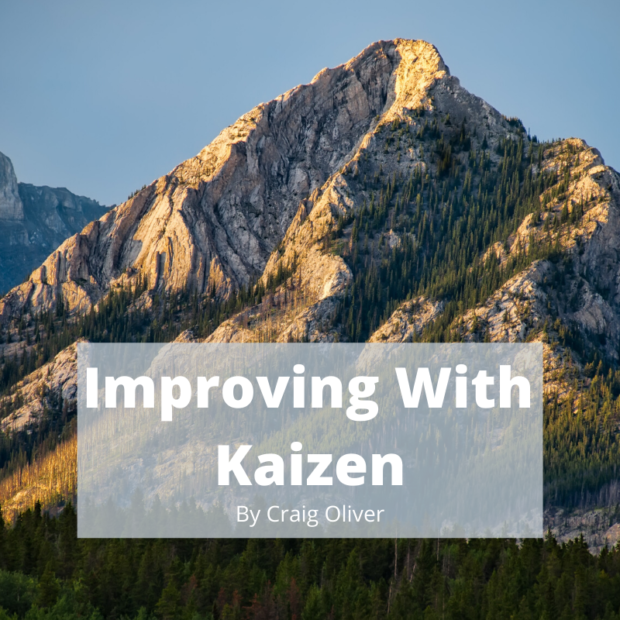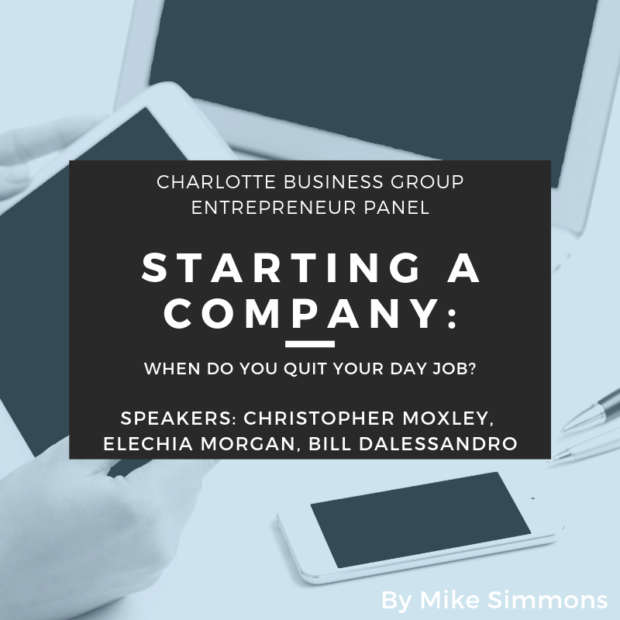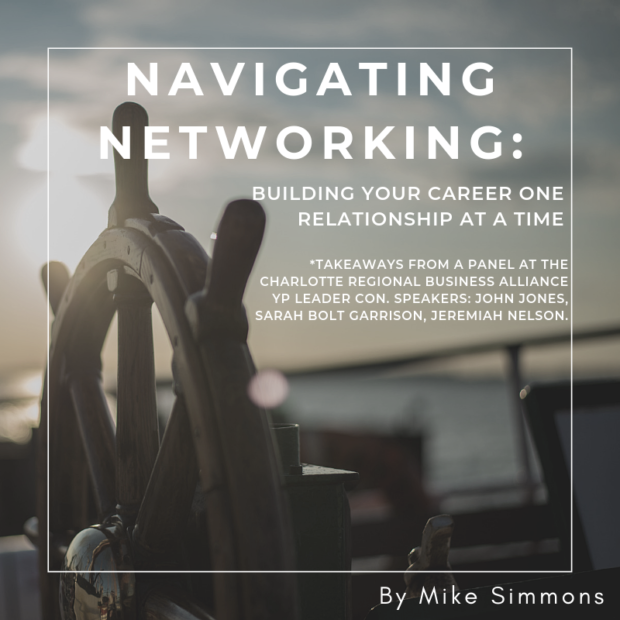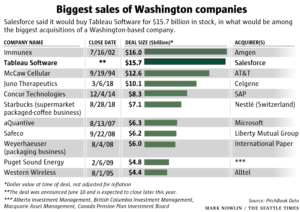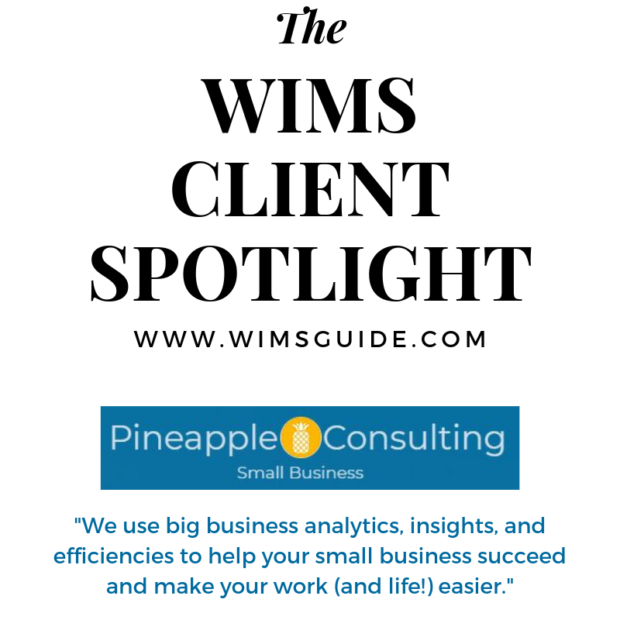I have already highlighted some agile practices which can be used to enhance your personal and professional lives. From Kanban Boards to agile meetings, companies and individuals are being incorporated by thought leaders and managers at large and small organizations around the world. Kaizen is an approach to continual improvement which like Kanban originated in lean manufacturing practices in Japan in the 1950s.
The core to embracing Kaizen is to focus on continual improvements across all elements of the specific area which you are attempting to improve. If you are working on a team tasked with improving the user interface for a new mobile application for a volunteer organization a good place to begin would be to identify possible opportunities. Using this example will show how the focus and power of Kaizen is on being able to focus on specific aspects of a large process to improve the overall standing of the organization.
Identifying Opportunities
Improvements begin with taking ideas and turning them into simple actions. The first step in gaining an understanding of how to improve a process is to understand the basic functionality of the task or process at hand. When applying Kaizen to work situations the place to begin is to understand the business process.
For our example of improving an existing mobile app, the focus should be on the existing business process and how the new roll out of the application fits into the organization’s overall strategy. The new application should be easy to use while conveying the core mission of the organization. This means that the aligning of strategic decision making means a new product or software update goes beyond developing software and aligns all business function in projects to ensure they are vital to the mission and values.
Collaboration
Actions are not siloed but must be collaborative between functional groups within any organization and often the best solutions come from collaborations between different organizations. Working on a shared goal will look different for every team and every circumstance/project will be unique but some lessons from Kaizen can direct teams to focus on specific areas of improvement and reap the rewards of focused collaboration. A good direction to follow on getting to the core of problems is by undertaking a root cause analysis. Through asking a series of questions to find the main cause of the problem at hand instead of merely patching problems through short term fixes.
Root Cause Analysis
Do you ever have a problem that constantly arises regardless of how many times you try to do little changes to fix it?
If this is the case conducting a root cause analysis may be in your future.
The purpose of a root cause analysis is to find the actual cause of a problem which in many cases is not visible on the surface. This requires asking many questions and getting to the cause of a problem instead of focusing on the symptoms that cause uncertainty. This process requires deep reflection and thoughtfulness to determine and focus in on the underlying causes of problems.
What this means
A nice feature of Kaizen is that it is an intuitive practice that many people already participate in without even knowing it. Asking more questions and being able to come to a collective agreement to improve the situation of your organization is a key outcome of Kaizen. This practice can additionally be used in your personal life to improve your relationships, career aspirations, and even improving home projects and chores. Revisit your own situation and see if there is any place that you can improve and begin asking questions to identify the root cause of the problem and make a plan to improve your outlook on life.
